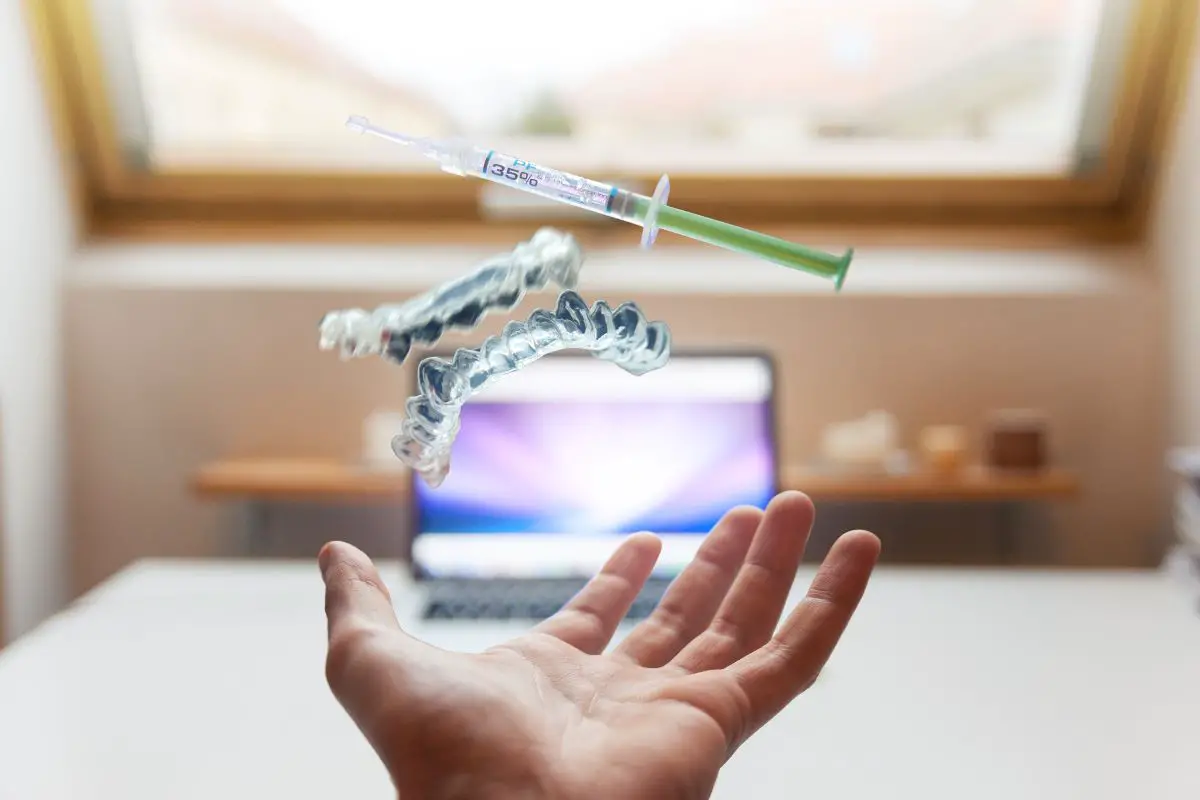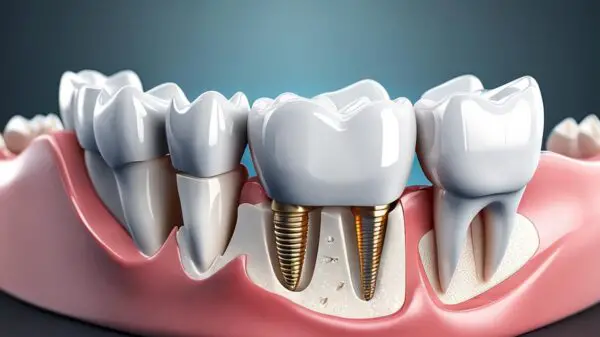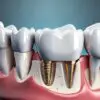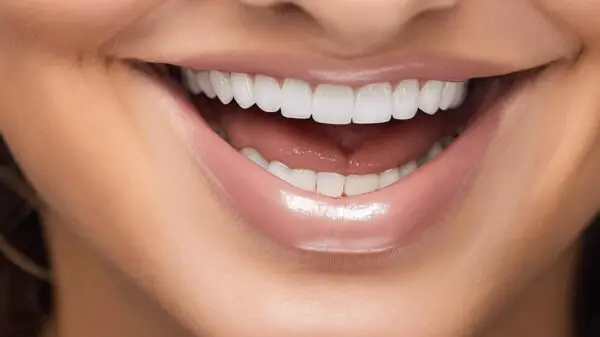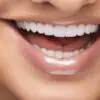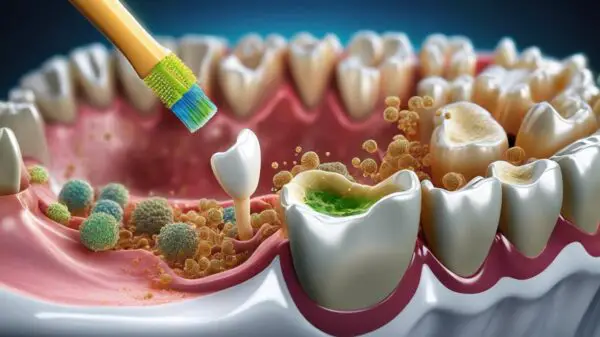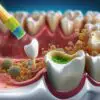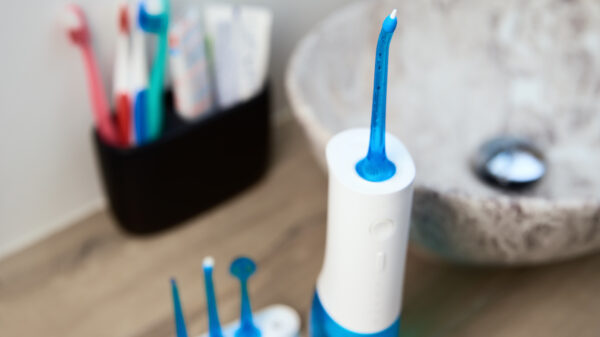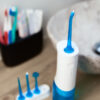What Foods Can I Eat After a Dental Bridge?
The world of dentistry has broadened its scope over recent years, offering comprehensive services that go beyond just cleaning and filling cavities. One such widely adopted service is the provision of dental bridges. Despite being a common dental procedure, there’s still a great deal of consideration and care that must be taken in the days following the operation, particularly when it comes to selecting an appropriate diet. In this article, we’ll delve into the intricacies of dental bridges, exploring why they are prevalent, how they could influence your eating habits, and the significance of maintaining a proper diet post-surgery.
Understanding Dental Bridges
Unravelling the Mystery: Dental Bridges and Your Eating Experience
Dental bridges can often feel like a foreign concept, especially when they’re new. Wait, what even is a dental bridge exactly? Perhaps you’ve got your hands full juggling family life and just need the quick and dirty on dental bridges and how they could change your eating experience. And hey, don’t we all understand that? Meals make up the epicenter of family connections, bonding time, and not to mention, some of the best childhood memories. Here’s a quick run-down to demystify dental bridges and help you get back to the business of creating those precious mealtime memories.
A dental bridge, in simplest terms, is a false tooth known as a pontic, which is held in place by the abutment teeth on either side of the gap. The teeth supporting the bridge are either natural teeth or dental implants, and the false tooth creates a ‘bridge’ filling up the missing teeth’s space.
So, how does a dental bridge impact your eating experience? In the beginning, you might find some initial hurdles while adjusting to your new dental addition. Everyone’s a little nervous about biting into their favorite burger with their new bridge for the first time, and that’s okay! Just remember, dental bridges are designed to restore the normal function of teeth, including eating.
 Chewing hard food immediately after having a dental bridge can cause discomfort. Think of that crunchy raw carrot or that delightfully chewy bagel – they might need to take a back seat for a while. This is because immediately after receiving your bridge, your gums and the surrounding tissues are still healing. It’s necessary to tread carefully for the first few weeks. Try switching to softer foods and gradually reintroduce harder foods into your diet.
Chewing hard food immediately after having a dental bridge can cause discomfort. Think of that crunchy raw carrot or that delightfully chewy bagel – they might need to take a back seat for a while. This is because immediately after receiving your bridge, your gums and the surrounding tissues are still healing. It’s necessary to tread carefully for the first few weeks. Try switching to softer foods and gradually reintroduce harder foods into your diet.
Once you’ve successfully had time to adjust, a dental bridge can significantly improve your eating experience. Not only will it feel more comfortable to chew, but it also will restore your ability to bite naturally. The more practice you get, the more natural your bridge will feel. Before you know it, you won’t even realize it’s there when you’re tucking into your favorite meals!
You might need a little extra care when cleaning around your dental bridge – but truly, what precious thing does not demand a little more love? Regular brushing, flossing, and using an antiseptic mouthwash should be enough to cater to your dental bridge.
Sure, dealing with dental bridges can be challenging, especially when juggling with parenting and homemaking. But remember, a bridge’s purpose is to improve your quality of life, not hinder it.
The journey to accepting new additions like a dental bridge is like any other new experience we introduce to our families and our homes. Just like when you first laid that sturdy kitchen table in your dining room and it felt too shiny, too new, now it’s adorned with so much love, laughter, and pasta sauce stains- it’s become a part of the family. Dental bridges are no different. With a little bit of time, patience, and gradual adjustment, they’ll be part of your family too – helping you continue to make precious mealtime memories.
Post Dental Bridge Surgery Care
One of the critical steps after dental bridge surgery is the immediate post-operative care. This can influence the longevity of the dental appliance and overall oral health. Often, patients may experience sensitivity to hot and cold temperatures, as well as slight discomfort. It’s recommended to consume only soft foods and avoid hot beverages for a couple of days post-surgery. The use of over-the-counter pain relievers is also advised to alleviate discomfort.
Communication is key. Just like in family life, it’s essential to maintain open lines of communication with your dental professional during this adjustment period. Any discomfort, abnormalities, or concerns should be addressed promptly. Your dentists are there for you, just as you are there for your family and loved ones in times of need.
Adherence to proper oral hygiene is tantamount to extending the life of a dental bridge. Regular brushing and flossing go a long way in maintaining the cleanliness and health of the dental bridge. Heed caution as the area near the dental bridge is susceptible to food particles getting stuck. Dental professionals often recommend the use of floss threaders or water flossers for thorough cleaning.
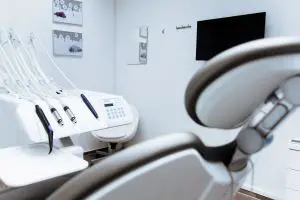 The integration of these new dental hygiene habits can be likened to introducing new house rules or routines in your family life. At first, it may feel peculiar and uncomfortable, but with time, dedication, and repetition, it will become second nature. It’s not just about a dental hygiene habit; it’s about committing to your improved health and quality of life.
The integration of these new dental hygiene habits can be likened to introducing new house rules or routines in your family life. At first, it may feel peculiar and uncomfortable, but with time, dedication, and repetition, it will become second nature. It’s not just about a dental hygiene habit; it’s about committing to your improved health and quality of life.
And just like a family, where everyone undergoes regular health check-ups, it’s pivotal to schedule routine visits to your dentist after your dental bridge surgery. This ensures that the bridge is in good condition and continues to fulfill its purpose of enhancing your oral health for years to come.
Remember, a dental bridge isn’t simply an oral device – it’s a part of you, a part of your family. It will witness the joy of family meals, the giggles over ice cream, the hot cups of cocoa on cold winter nights, and endless moments of happiness and joy. So, take care and acknowledge it as you would any other member of your family. Health, after all, begins in the family and extends to every sphere of one’s lifestyle.
In conclusion, post-operative dental care involves a delicate balance of maintaining good oral hygiene, making necessary dietary adjustments, and staying in touch with your dental professional. It isn’t a race but a journey, a transition toward a healthier lifestyle. And with love and care, much like nurturing family bonds, the dental bridge will have a lasting, positive impact on your life.
Recommended Foods After Dental Bridge Surgery
Looking deeper into dietary choices post dental bridge surgery, the foods you choose to eat can significantly influence your comfort level and the longevity of your dental bridge. But fear not, as our goal here is to help ease this journey for you with some recommendations and tips.
Let’s start with the basics, soft foods. After the procedure, the mouth might be sensitive and choosing to eat softer foods will help to ensure minimal discomfort. Foods like mashed potatoes, yogurt, smoothies, and scrambled eggs are all excellent choices. The great news is, there’s a lot of delicious recipes the whole family can enjoy that falls into this category!
Whole grains also make a great choice. Foods the likes of oatmeal or quinoa are relatively easy to chew and are filled to the brim with wonderful nutrients and fiber.
It’s essential to include a good amount of protein in the diet as well. Chicken and fish are a good pick owing to their relatively soft texture. However, to ensure a pleasant dinner without discomfort, make sure to cook them thoroughly. Here’s a tip: slow-cooking is an excellent method to assure a softer texture, and it gives the added benefit of filling your home with tantalizing aromas that’ll have everyone asking, “What’s for dinner?”
Along with these, make sure to include plenty of liquids in your diet. Whether you prefer soups, broths, or even a nice cup of warm tea, these can be life-savers when it comes to easing discomfort and facilitating the healing process post-procedure. It also serves as a great opportunity to experiment with those soup recipes you’ve bookmarked!
Despite the food recommendations, it’s of utmost importance to remember that your dental health should be your priority. Avoid foods that are overly sticky, hard, or crunchy. Foods such as hard candies, chips, or nuts could potentially cause damage to your dental bridge if not adequately careful.
To sum it up, a soft, balanced diet filled with a combination of whole grains, proteins, and liquids is highly recommended. However, it always pays to listen to your body and eat the foods that feel best for your unique situation.
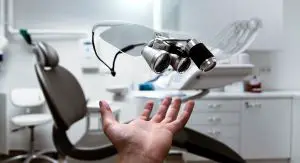 Constantly being in touch with your dental professional regarding your diet, discomfort or queries enables a streamlined healing process. And, of course, maintaining an effective cleaning regimen, accounting for your dental bridge, will ensure its durability and your long-lasting smile.
Constantly being in touch with your dental professional regarding your diet, discomfort or queries enables a streamlined healing process. And, of course, maintaining an effective cleaning regimen, accounting for your dental bridge, will ensure its durability and your long-lasting smile.
Having a dental bridge doesn’t have to be an intimidating or complicated journey. With the right dietary choices and caring practices, your transition can be smooth and comfortable, enhancing not just your smile but your overall family life, one meal at a time! After all, the next family dinner, filled with laughs, memorable talks, and a confident, pain-free smile, awaits you!
With good care and a properly selected diet, recovering from a dental bridge surgery can be efficient and relatively pain-free. The importance of carefully choosing your food cannot be stressed enough, as it plays a pivotal role not only in your recovery but also in the longevity of your dental bridge. Once you understand and implement these practical dietary guidelines, you can aid your healing process, prevent complications, and still maintain a balanced, healthy diet. Remember, your dental health resonates with your overall well-being; hence, attend to it with the utmost diligence.



